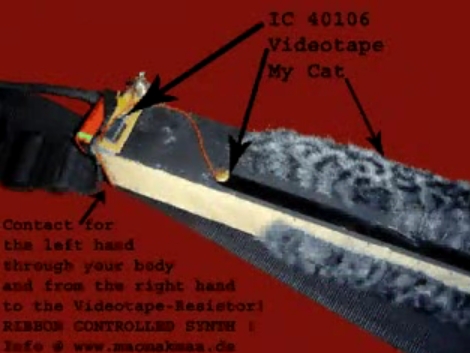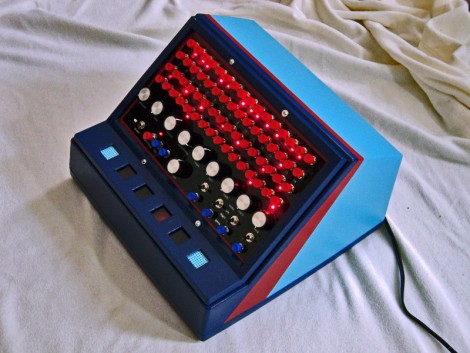
This robotic band has just the right amount of drums. [Liat] and her colleagues fit a group of Darbuka drums with a pair of servo-driven mallets. We’re quite surprised that the servo motors achieve such a successful strike and rebound without dampening the vibrations of the drum head. This is more often accomplished with solenoids because of their quick response and relative strength.
You can listen to a performance of this work-in-progress in the video after the break or make plans to see it live. The installment was built for the Bat-Yam international biennale of landscape urbanism. It will be attached to, and powered by alternative energy producers like solar cells and wind turbines. Continue reading “Darbuka Band”















